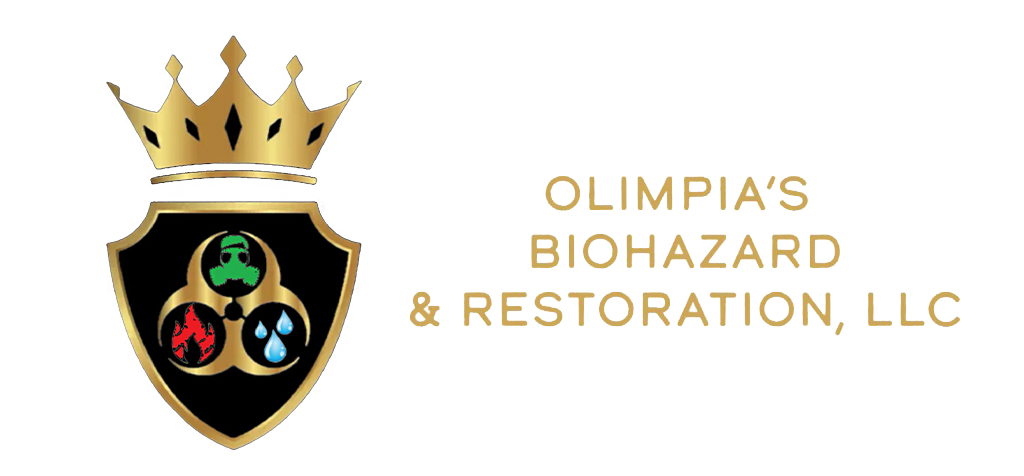Dealing with fire damage is no walk in the park, but fret not, because I’m here to shed some light on the common challenges you might encounter during fire damage remediation. From smoke odor lingering stubbornly to structural damage that needs immediate attention, it can be overwhelming. However, there’s hope! By understanding the challenges and arming yourself with the right strategies, you can overcome them. Whether it’s employing effective odor removal techniques or working closely with professionals to tackle structural issues, we’ll explore various solutions to make your fire damage remediation journey a smoother one. Let’s dive in!
Discover common challenges in fire damage remediation and rely on Olimpia’s Biohazard and Restoration LLC for expert solutions.
Common challenges in fire damage remediation
Here are some headings that can be used to discuss common challenges in fire damage remediation and how to overcome them:
Lingering Smoke Odor:
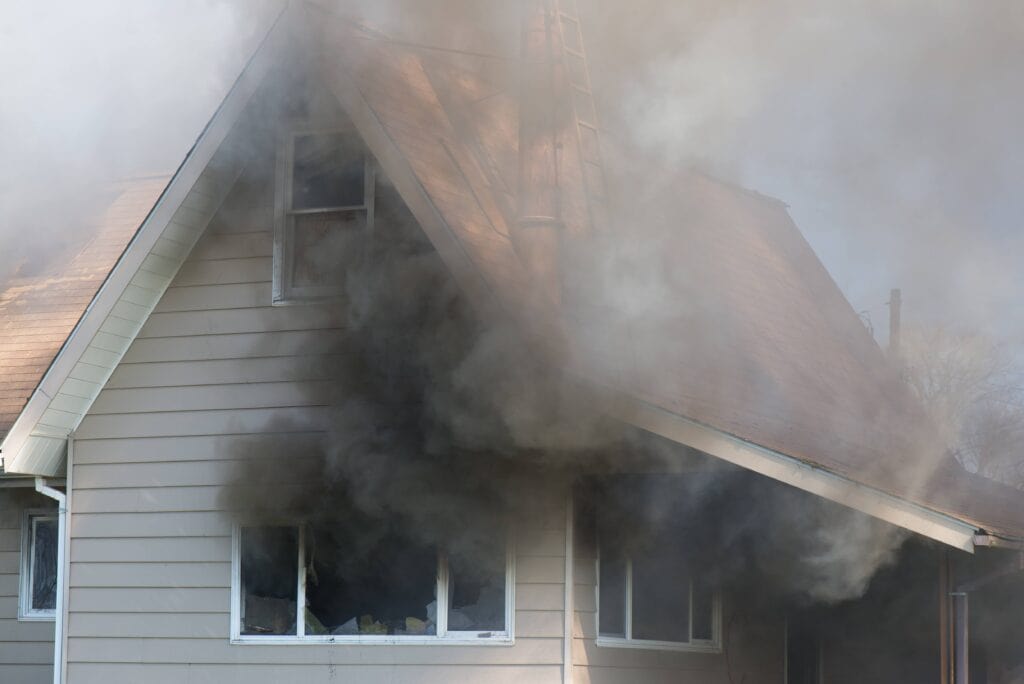

Lingering smoke odor is a common challenge faced during fire damage remediation. Even after the flames have been extinguished and the affected area has been cleaned, the smell of smoke can persist, making it difficult to restore the space to its pre-fire condition. The odor penetrates various surfaces such as walls, furniture, carpets, and even personal belongings, making it a persistent and unpleasant reminder of the fire.
To overcome this challenge, several strategies can be employed. One effective approach is thorough cleaning and deodorizing of all affected surfaces. This involves using specialized cleaning agents and techniques designed to eliminate smoke particles and neutralize the odor. Additionally, professional-grade air purifiers and ozone generators can be utilized to remove smoke particles from the air.
In some cases, it may be necessary to replace or seal porous materials that retain the smoke odor, such as carpets or curtains, to completely eliminate the smell. It’s also crucial to address any hidden areas where smoke particles may have settled, such as air ducts or behind walls.
Ultimately, overcoming the challenge of lingering smoke odor requires a comprehensive and meticulous approach to cleaning, deodorizing, and ensuring proper ventilation throughout the remediation process. By employing these strategies, it is possible to eliminate the persistent smoke odor and restore a fresh and odor-free environment.
Experience the benefits of hiring a professional fire remediation service with Olimpia’s Biohazard and Restoration LLC.
Soot and Ash Cleanup:
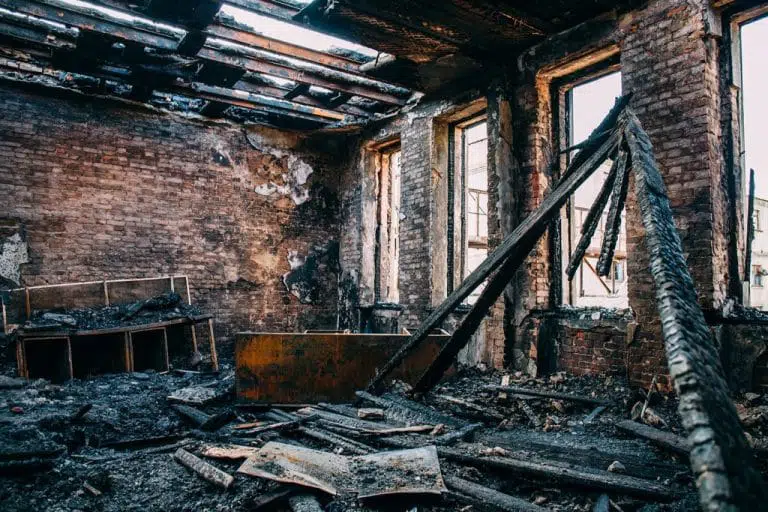

Clearing Away Residue and Stains After a fire, one of the significant challenges in the remediation process is dealing with the presence of soot and ash. Soot refers to the black, powdery residue left behind by incomplete combustion, while ash consists of the remains of burned materials. Both can be widespread, covering surfaces and leaving unsightly stains.
To overcome this challenge, a thorough and systematic cleanup approach is essential. Here are some steps to effectively tackle soot and ash cleanup:
Personal Protective Equipment (PPE): Before starting the cleanup, ensure that you and your team are equipped with appropriate PPE, including gloves, masks, and protective clothing, to prevent exposure to potentially harmful substances.
Ventilation: Open windows and use fans to increase airflow, helping to reduce the concentration of soot particles in the air.
Dry Cleaning: Begin by using dry cleaning methods such as vacuuming with a HEPA filter-equipped vacuum cleaner, brushing, or dry sponging to remove loose soot and ash from surfaces. Be cautious not to press too hard, as it can embed the particles deeper.
Wet Cleaning: For surfaces that can withstand water-based cleaning, use appropriate cleaning solutions, mild detergents, and sponges to remove remaining residue. Test a small area first to ensure it doesn’t cause damage or discoloration.
Cleaning Textiles: Launder or dry clean affected textiles, such as clothing, curtains, and linens, following the manufacturer’s instructions. Seek Professional Fire Remediation Service for delicate or valuable items.
Cleaning HVAC Systems: Have the heating, ventilation, and air conditioning (HVAC) system professionally inspected and cleaned. Soot and ash particles can infiltrate the system and circulate throughout the building, leading to ongoing contamination.
Sealing Surfaces: In cases of severe damage, where stains persist even after cleaning, it may be necessary to prime and repaint walls or apply a sealant to prevent any remaining soot from bleeding through.
By following these steps and utilizing appropriate cleaning techniques, you can effectively remove soot and ash residue, restore cleanliness, and eliminate unsightly stains left behind by the fire.
Water Damage from Fire Suppression
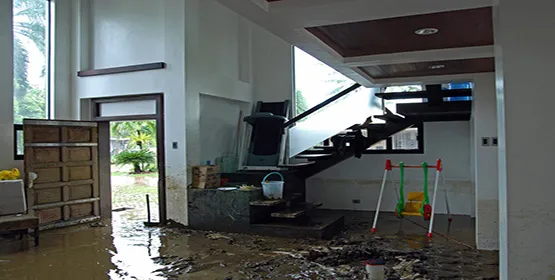

Another common challenge in fire damage remediation is water damage resulting from fire suppression efforts. When firefighters extinguish a fire, large amounts of water or fire retardants are often used, which can lead to significant water damage in the affected area. This water can saturate building materials, seep into walls, floors, and ceilings, and cause further structural damage if not properly addressed.
To overcome water damage from fire suppression, prompt and efficient water extraction and drying techniques are crucial. The first step is to remove standing water using pumps, wet vacuums, or other extraction equipment. Once the visible water is eliminated, specialized dehumidifiers and industrial-grade air movers are employed to accelerate the drying process.
It is essential to thoroughly inspect the affected area for any hidden moisture, as water can penetrate into building materials and create an environment conducive to mold growth. Moisture meters and thermal imaging cameras can be used to identify moisture pockets that may not be visible to the naked eye.
Additionally, affected materials such as carpets, drywall, or insulation that cannot be adequately dried or pose a health risk should be removed and replaced. Proper disinfection and sanitization procedures should also be followed to prevent microbial growth and ensure a safe environment.
Working with experienced water damage restoration professionals can be beneficial, as they have the expertise and equipment to effectively mitigate water damage, prevent secondary issues, and restore the affected area to its pre-loss condition.
By promptly addressing water damage and employing appropriate drying techniques, you can minimize the long-term effects of water intrusion and mitigate the potential for mold growth and further structural damage, thus facilitating the overall fire damage remediation process.
Structural Integrity Concerns:
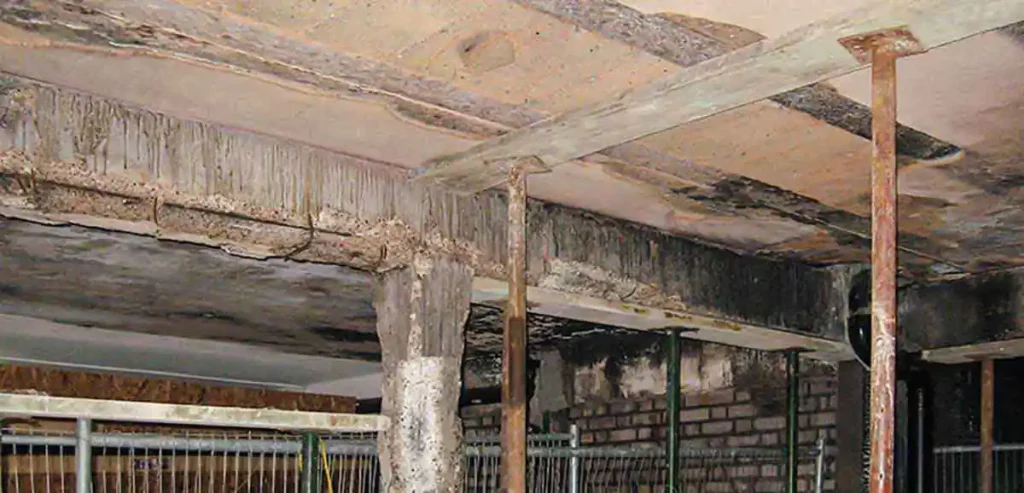

Assessing and Repairing Fire-Related Structural Damage Fire can have a detrimental impact on the structural integrity of a building, presenting another significant challenge during fire damage remediation. The intense heat from a fire can weaken or compromise structural components such as walls, beams, roofs, and foundations. Identifying and addressing these issues promptly is crucial to ensure the safety and stability of the building.
To overcome structural integrity concerns, a thorough assessment by qualified professionals, such as structural engineers, is essential. They will evaluate the extent of the damage and determine the necessary repairs or reinforcements. This assessment may involve visual inspections, non-destructive testing, and structural calculations.
The repair process typically involves the following steps:
Stabilization: In cases where immediate risks are identified, temporary supports or bracing may be installed to prevent further collapse or damage.
Demolition and Removal: Irreparably damaged or unsafe structural elements may need to be carefully demolished and removed. This step requires expertise to ensure that the process does not cause further harm to the building or compromise adjacent areas.
Structural Repairs: Repairing or replacing damaged structural elements, such as walls, beams, or columns, is crucial to restore the building’s stability. This may involve reinforcing compromised areas, adding additional support, or implementing structural strengthening techniques.
Permitting and Compliance: Depending on the jurisdiction, obtaining the necessary permits and ensuring compliance with local building codes and regulations is vital during the repair process.
Working with experienced contractors and professionals who specialize in structural restoration is essential to ensure that the repairs are carried out correctly and meet safety standards.
It’s important to note that the extent of structural damage can vary greatly depending on the severity of the fire. Therefore, a comprehensive evaluation and customized repair plan are necessary to address the specific structural challenges posed by the fire.
By conducting a thorough assessment, implementing appropriate repairs, and ensuring compliance with building codes, it is possible to overcome structural integrity concerns and restore the building’s safety and stability as part of the fire damage remediation process.
Salvaging Personal Belongings:
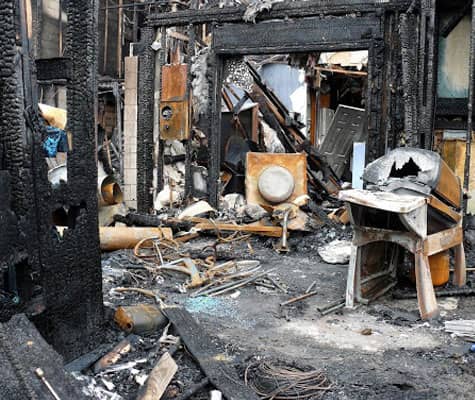

Cleaning and Restoring Fire-Damaged Items One of the significant challenges in fire damage remediation is salvaging personal belongings that have been affected by the fire. Fire can cause extensive damage to furniture, clothing, electronics, documents, and sentimental items, leaving them covered in soot, ash, and often experiencing water damage from firefighting efforts. However, with proper techniques and prompt action, many items can be cleaned and restored.
To overcome this challenge, the following steps can be taken:
Assessment and Sorting: Evaluate the extent of damage to each item and categorize them based on their salvageability. Items that are severely damaged beyond repair may need to be discarded.
Safety Precautions: Before handling fire-damaged items, ensure proper personal protective equipment (PPE) is worn, including gloves, masks, and protective clothing, as they may be contaminated with hazardous substances.
Dry Cleaning: For clothing and fabrics, dry cleaning methods such as vacuuming with a HEPA filter-equipped vacuum cleaner, brushing, or dry sponging can help remove loose soot and ash. Dry cleaning or laundering may also be necessary for certain materials.
Wet Cleaning: Non-porous or water-resistant items can be cleaned using appropriate cleaning solutions, mild detergents, and sponges. Test a small area first to ensure compatibility and prevent further damage.
Electronics and Appliances: It is crucial to have a professional assess and clean electrical items affected by fire and smoke. Do not attempt to power on or clean electronics without professional guidance, as it can cause further damage or electrical hazards.
Documents and Photographs: Handle fire-damaged documents and photographs with care. If they are slightly wet, air-dry them by laying them flat on a clean surface. For significant damage or mold growth, consult with a professional document restoration service. Learn fire remediation and mold prevention tips from the experts at Olimpia’s Biohazard and Restoration LLC.
Professional Restoration Services: In some cases, it may be necessary to engage specialized restoration services that have expertise in cleaning and restoring specific items, such as artwork, antiques, or delicate textiles.
Quick action is crucial to prevent further deterioration of fire-damaged items. It is recommended to consult with professional restoration experts who can provide guidance and assistance in the restoration process.
While not all items may be salvageable, taking prompt and appropriate steps to clean and restore fire-damaged personal belongings can help mitigate the loss and preserve cherished possessions.
Health Hazards:
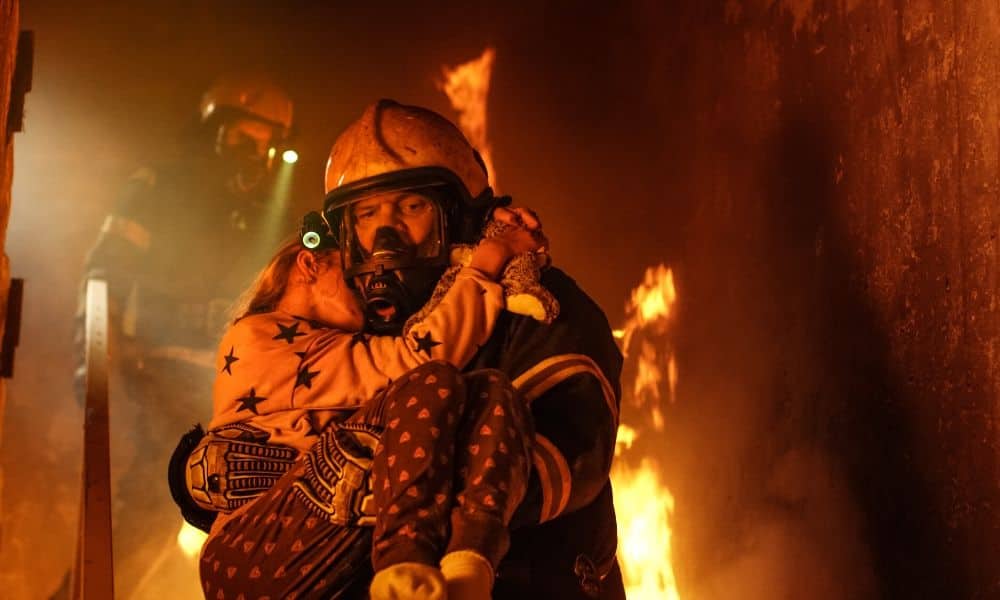

Addressing Mold, Asbestos, and Other Contaminants When dealing with fire damage remediation, it’s essential to be aware of the potential health hazards that may arise during the process. The aftermath of a fire can introduce various contaminants, including mold, asbestos, and other harmful substances, which pose risks to the health and safety of those involved in the remediation.
To overcome health hazards, the following steps should be considered:
Hazard Assessment: Conduct a thorough assessment of the affected area to identify potential health hazards. This may involve inspecting for visible mold growth, testing for asbestos presence in older buildings, and assessing air quality for harmful particles or gases.
Personal Protective Equipment (PPE): Provide appropriate PPE to all individuals involved in the remediation process. This typically includes gloves, masks or respirators, goggles, and protective clothing. PPE helps minimize exposure to contaminants and ensures the safety of the workers
Mold Remediation: If mold is present, it’s crucial to follow proper mold remediation protocols. This includes containing the affected area, removing contaminated materials, and cleaning and disinfecting surfaces using appropriate fungicides. Proper ventilation and drying techniques should also be employed to prevent further mold growth.
Asbestos Abatement: If asbestos-containing materials are present, it’s important to engage a licensed asbestos abatement professional to handle the removal and disposal. Disturbing asbestos materials can release hazardous fibers into the air, which can be extremely harmful if inhaled.
Professional Services: For comprehensive and safe remediation, consider involving professional restoration companies experienced in handling hazardous materials. They have the expertise and equipment to effectively manage and remove contaminants while ensuring the health and safety of everyone involved.
Air Quality Testing: Conduct air quality testing after remediation to ensure that the environment is free from harmful particles, gases, or volatile organic compounds (VOCs). This step provides assurance that the remediated area is safe for occupancy.
By being proactive in assessing potential health hazards, employing proper protective measures, and engaging qualified professionals, you can effectively address and mitigate the risks associated with mold, asbestos, and other contaminants, ensuring a safe and healthy environment during fire damage remediation.
Dealing with Insurance Claims:
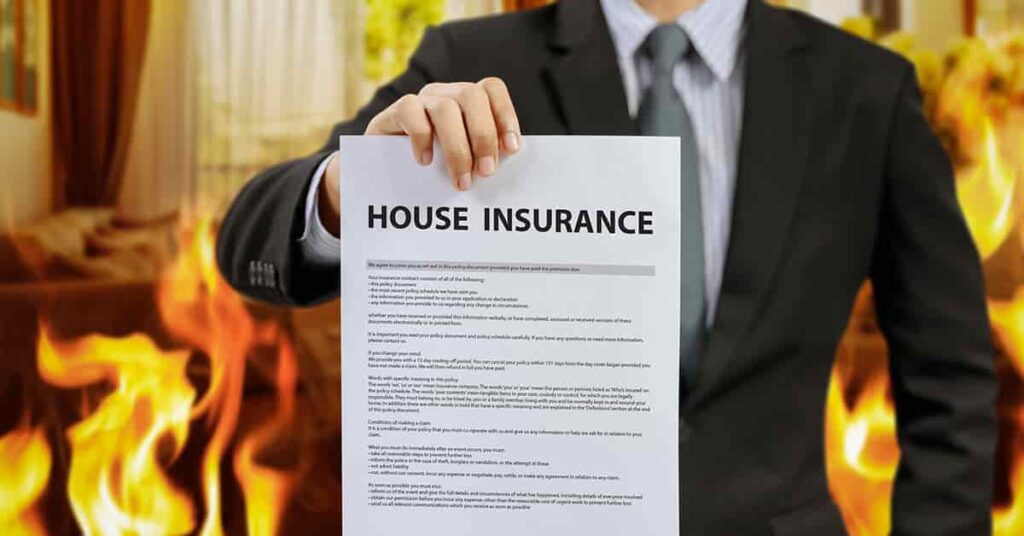

Navigating the Process Smoothly When it comes to fire damage remediation, dealing with insurance claims can be a complex and time-consuming process. However, by understanding the steps involved and being well-prepared, you can navigate the insurance claims process more smoothly. Here are some tips to help you:
Promptly Report the Claim: Notify your insurance company as soon as possible after the fire. Provide them with all the necessary details, including the date, time, and cause of the fire, as well as a description of the damages incurred.
Document the Damage: Take thorough photographs and videos of the fire-damaged areas and items. Make a detailed inventory of all the damaged belongings, including their estimated value and any supporting documentation, such as receipts or appraisals.
Review Your Policy: Familiarize yourself with the terms and coverage of your insurance policy. Understand what is covered, the deductible amount, and any specific requirements or limitations for fire damage claims. This knowledge will help you communicate effectively with your insurance provider.
Work with an Adjuster: Your insurance company will likely assign an adjuster to evaluate the damages and guide you through the claims process. Cooperate with the adjuster and provide them with all requested information and documentation. Maintain open communication to ensure a clear understanding of the process and the expected timeline.
Obtain Multiple Estimates: Seek estimates from reputable fire damage restoration contractors for the repairs and restoration work needed. Submit these estimates to your insurance company for review and approval. Ensure that the estimates align with the scope of work required and meet your policy’s coverage limits.
Keep Detailed Records: Maintain a record of all communication with your insurance company, including dates, names of individuals spoken to, and summaries of the conversations. This will help track the progress of your claim and serve as valuable documentation if any disputes arise.
Review the Settlement Offer: Once the insurance company evaluates the claim, they will provide a settlement offer. Carefully review the offer and seek clarification if needed. If you believe the offer is insufficient, be prepared to negotiate and provide additional evidence to support your claim.
Consider Professional Assistance: If you encounter difficulties or challenges during the claims process, you may want to consult with a public adjuster or an attorney specializing in insurance claims. They can provide expert guidance and advocacy on your behalf.
Remember to stay organized, be persistent, and maintain open lines of communication with your insurance company throughout the claims process. By being proactive and well-informed, you can increase the likelihood of a smoother and more satisfactory resolution to your fire damage insurance claim.
Emotional Recovery:
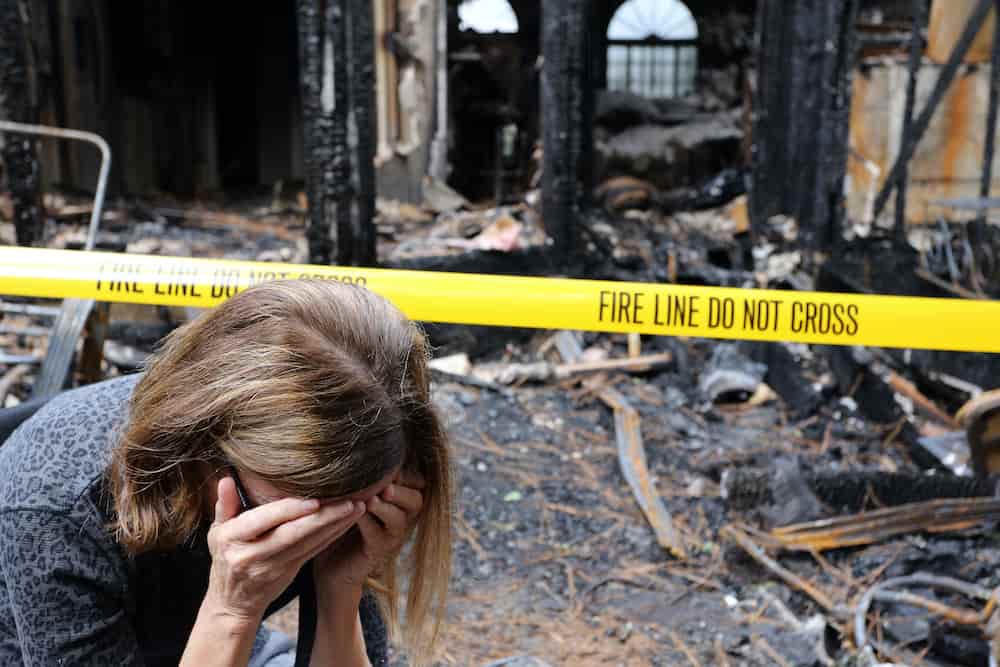

In addition to the physical and logistical challenges of fire damage remediation, addressing the emotional recovery of individuals and communities affected by a fire is equally important. Fires can be traumatic experiences, causing emotional distress, loss, and upheaval. Supporting emotional well-being during the remediation process is essential. Here are some ways to facilitate emotional recovery:
Establishing Support Networks: Encourage affected individuals to reach out to friends, family, and support groups for emotional support. Creating a sense of community and connecting with others who have experienced similar situations can provide comfort and understanding.
Mental Health Resources: Make individuals aware of mental health resources available to them, such as counseling services, therapists, or support hotlines. These resources can offer guidance and professional support for coping with trauma, grief, and anxiety.
Clear Communication: Maintain open and transparent communication channels to keep individuals informed about the remediation process, progress, and any potential challenges. Clear communication helps alleviate anxiety and provides a sense of control and understanding during a difficult time.
Compassionate and Empathetic Approach: Show empathy and compassion when interacting with individuals impacted by the fire. Understand that they may be dealing with a range of emotions, including shock, grief, and frustration. Provide reassurance, listen actively, and be patient.
Restoration of Personal Space: Prioritize the restoration of personal spaces, such as bedrooms or living areas, to provide a sense of familiarity and comfort. Creating a safe and welcoming environment can contribute to emotional well-being during the recovery process.
Community Support and Engagement: Organize community events or support groups where affected individuals can come together, share their experiences, and support one another. Community-driven initiatives foster resilience, connection, and a sense of belonging.
Resilience-Building Activities: Encourage individuals to engage in activities that promote resilience and emotional healing, such as exercise, meditation, journaling, or creative outlets like art or music. These activities can help process emotions and facilitate a sense of empowerment.
Long-Term Support: Recognize that emotional recovery takes time and may extend beyond the immediate remediation phase. Ensure access to ongoing support services and resources to address any long-term emotional or mental health needs.
By acknowledging the emotional impact of a fire and providing the necessary support and resources, individuals and communities can begin to heal and rebuild not just their physical spaces, but also their emotional well-being.
FAQS
What is the most serious impact of fire damage?
The most serious impact of fire damage is the potential loss of human life, as fires can result in injuries, fatalities, and significant harm to individuals and communities.
What are major causes of fire damage?
The major causes of fire damage include electrical malfunctions, cooking accidents, heating systems, open flames (such as candles), smoking materials, chemical reactions, and arson.
What is the biggest risk of fire?
The biggest risk of fire is the rapid spread of flames and smoke, which can endanger human lives, cause extensive property damage, and lead to devastating loss in a short period of time.
How can we improve fire protection system?
To improve fire protection systems, it is essential to regularly maintain and inspect fire alarms, install and maintain fire extinguishers and sprinkler systems, provide fire safety education, and ensure compliance with building and fire codes.
Conclusion
In conclusion, fire damage remediation presents various challenges, including lingering smoke odor, soot and ash cleanup, water damage from fire suppression, structural integrity concerns, salvaging personal belongings, health hazards, dealing with insurance claims, and supporting emotional recovery. Overcoming these challenges requires prompt action, expertise, proper equipment, and a comprehensive approach to ensure effective restoration and the well-being of individuals and communities affected by fires. By addressing these challenges head-on and employing appropriate strategies, fire damage can be mitigated, and affected areas can be restored to their pre-loss condition.
